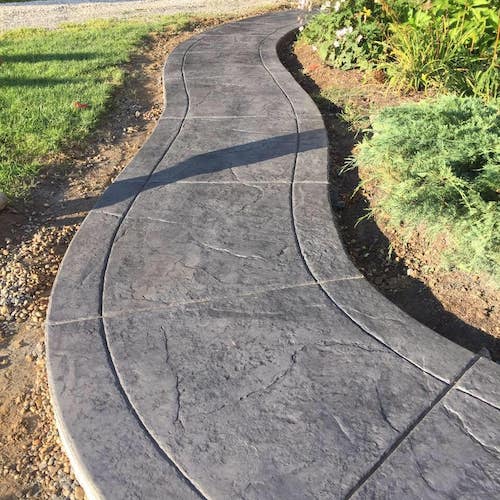Best Colors to Paint Your New Home With
Choosing a Suitable color
Moving into a new home can be pretty exciting, and there’s usually pressure to make everything perfect. One of such things to consider is the color you choose for the place, as it can stay with you for a long time. Getting the right color also determines how inviting and aesthetically appealing your home turns out.
This article will explore the best paint colors for your new home and explain the significance of those colors and the kind of atmosphere they reflect.
How to Choose the Right Colors
Taste: Of course, an essential factor to consider is your taste. If you favor warmer or brighter colors, this will largely influence the shades you choose for your home.
Ambiance: The kind of ambiance you’re going for also determines the color you choose for your home. This varies, as the ambiance you want for your kitchen or bedroom could be different from what you want for your porch or living room.
Location: Some colors are better suited for different parts of the home. For instance, the kitchen can be painted white, red, blue, and gray. However, there’s a popular opinion that red helps build your appetite, so some people prefer to paint their kitchens with it or provide accents in this color.
Suitable Color Choices for Each Part of The Home
Bedroom: If you favor warmer colors, you may choose shades of yellow, pink, peach, or red paint for your bedroom. They are soft colors that give off relaxational vibes. These colors are particularly great for bedrooms with small or no windows. If your bedroom also faces the north or east, these colors can give it a cozy and warm feel.
Kitchen: Popular colors for the kitchen include white, red, blue, or even gray. You can choose to combine these colors and make some of them significant colors or even pair them as accents for each other. Some people also believe that red paint increases your appetite, and although red walls are essentially unheard of, this color can serve as an accent for your kitchen.
Living Room: Green, beige, purple, blue, or black are great colors for your living room. Some consider green, for one, to be the color of harmony. In reality, it gives off a harmonic feel too. Gray may also make your living room appear more spacious, which is excellent to optimize your space.
Bathroom: According to popular choices, taupe, gray, white, charcoal, and light blue are the top options for a bathroom. Taupe is considered to give off some warmth and an earthy look. Gray also adds some edge while keeping things neutral.
Exterior Walls: Yellow walls give your home a lively exterior. They give off a welcoming and tropical feel that can take the edge off you or your visitors. However, white is the popular choice for exterior walls. It makes your home warm-looking and aesthetically appealing, especially if you have enough greens surrounding it.
In Conclusion
The colors of your interior and exterior walls have a part to play in how appealing and welcoming your home appears, and it’ll be in your best interest to choose them carefully. Call https://www.oahuinteriorpainting.com for all your painting needs and questions.





